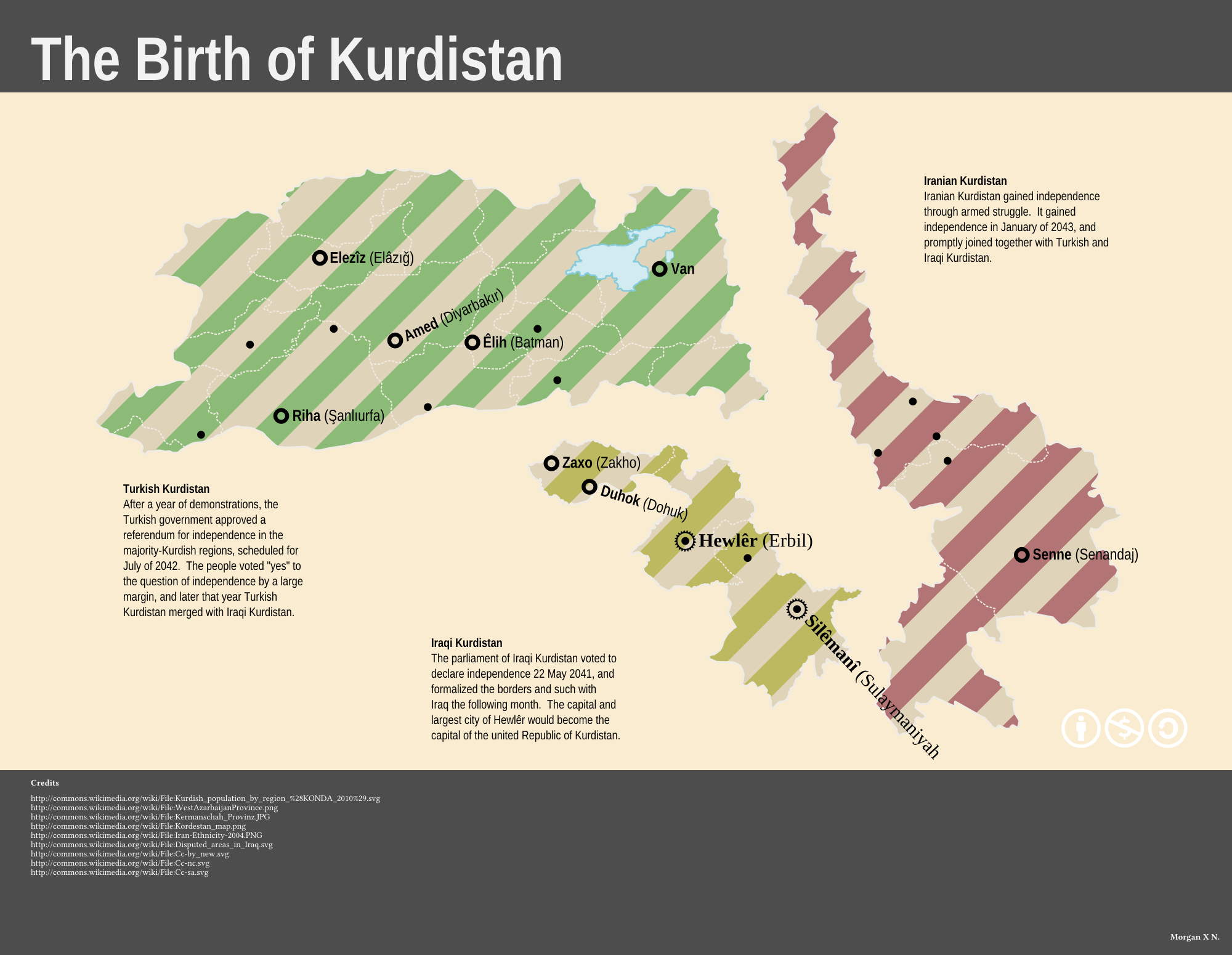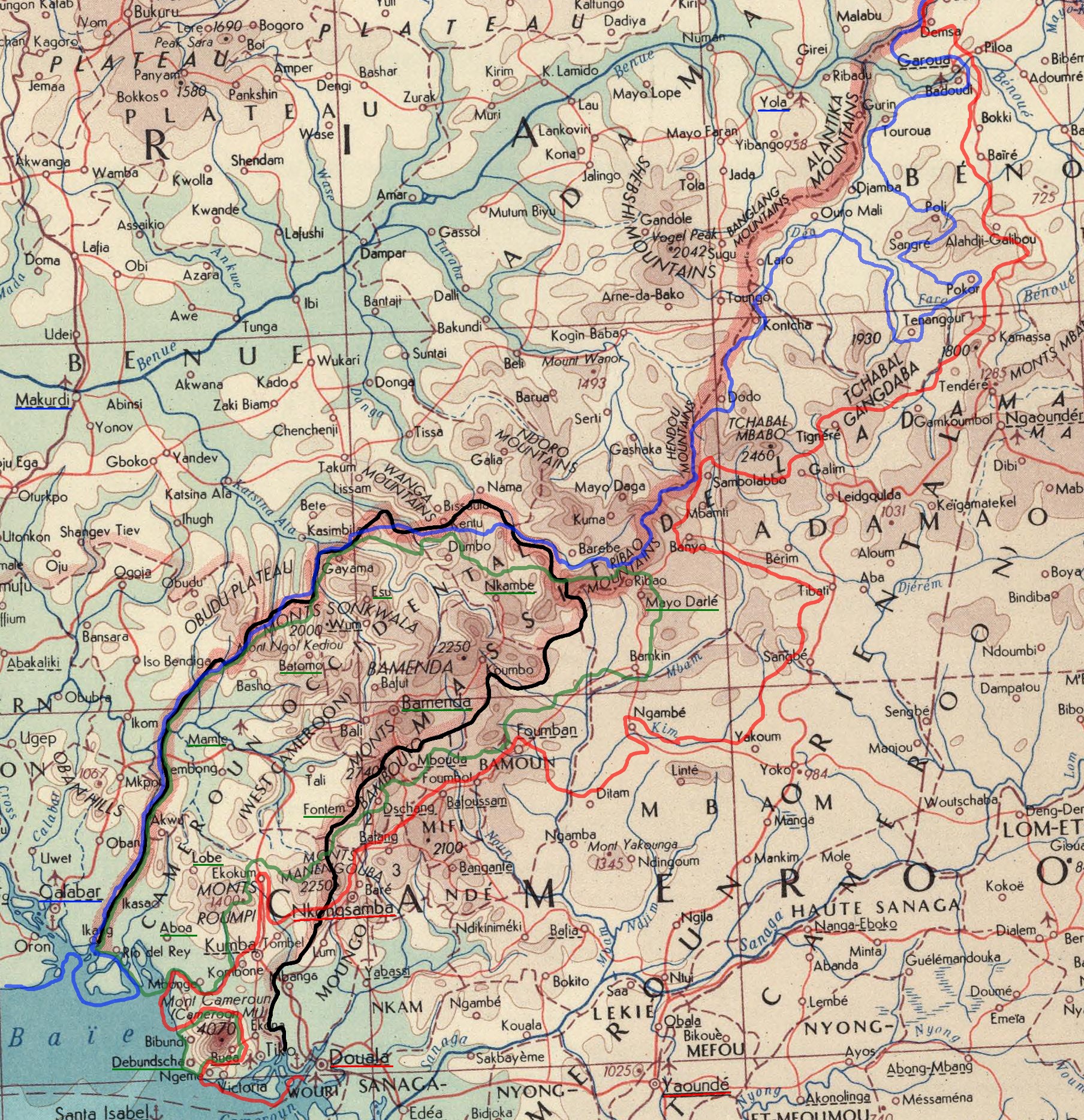‘Confederazione, costituzione e libertà’
In 1848 the oppressed nations of Europe rose up against the reactionary internationalist order of Metternich and the nobles and privileged ones. In Italy where the population held liberal and “even” democratic very much since the Napoleonic era, the Concert of Europe had imposed an Austrian-dominated order in which many petty kings and dukes ruled autocratically, their thrones safely guarded by the pervasive and effective threat of Austrian intervention and safeguarding of the status quo. Prior to the revolutions and the Risorgimento, Italy was divided into eight states, one of them, the Kingdom of Lombardy-Venetia little more than a puppet of the Habsburg rulers in Vienna.
But the 1848 Revolutions changed all that. 1848 was probably the last time that Western Europe would suffer a crisis of the pre-capitalistic economic order: a bad harvest resulting in widespread hunger. At the same time a capitalistic crisis took place. The worst of both worlds had combined and menaced the livelihood of the European proletariat, whom inflamed by their poverty and their repressive environment finally rose against the establishment.
Events spread quickly from Paris, where the Orleans monarchs were deposed just 18 years after being crowned after another Parisian revolution. It took place in February. By March, Italy, Austria and Germany were already undergoing revolts and social upheaval. Soon, many rulers would grant moderate constitutions, such as the Statuto Albertino in Sardinia. But that was not enough as the desire for a united Italy was too strong.
The unification began, as things usually do, in Milano, where on March 19th, the population rose against the Austrian rule and requested help from King Charles Albert of Sardinia, known for his liberal sympathies. He would declare war on Austria on the 23rd, crossing the Ticino. After a string of defeats, the large army of the Austrians fortified their positions in their stronghold, the quadrilatero, a series of forts in the area formed by the four cities of Verona, Legnano, Mantua and Peschiera. There they waited for Charles Albert to approach.
Meanwhile further south, the population rose against the liberal-turned-reactionary Pope Pius XI, who fled Rome to the safety of the Neapolitan fortress of Gaeta. Meanwhile, a republic was declared in Rome, the Repubblica Romana, a radical (ie. Democratic) regime governed by a triumvirate, the base for future republican governments in Italy.
And even further south, in the island of Sicily, the population rose against the Neapolitan king, Ferdinand II and establishing their own rule under the pretext of the restoration of traditional rights. But Sicily, largely agrarian and without proper defence mechanisms to defend themselves and having just expelled the Neapolitans from Messina at a high price approached Ferdinand, the second son of the Savoyard king Charles Albert to be their king. He accepted and soon he would reach Salerno, the capital of the new Savoyard kingdom.
After he was given faulty information, the Savoyard army marched to the quadrilatero, where after several weeks of siege, they were defeated in the battle of Custoza, forcing the Savoyards to sign an armistice with Austria, but it was not to be for too long.
By 1849, as the situation in Hungary was so bad that some forces from the Austrian army had to be sent from the quadrilatero to defend Vienna and join other forces, the reduced Austrian army was therefore an easy prey for the now bigger, if not as professional, new army of Charles Albert, which thanks to the support of several thousand Italian volunteers would win a very narrow conflict.
However, the Austrian troops were able to retreat more or less in an orderly manner and were able to regroup in Venetia, where, the St. Mark Republic survived, although not for long as thanks to the reinforcements from Slav troops and some Hungarians (the revolt there had been handled for now) Venice would fall.
In Rome, the treacherous Emperor-President Louis-Napoleon Bonaparte attacked the Republic, although thanks to the vigour of Garibaldi and his troops, they would be repelled, although at a great cost. The Sicilian new state also seemed to be slowly growing in strength, although their conflict with Naples would not be over until 1850, when Britain brokered an uneasy peace.
In September 1849, Charles Albert would sign a treaty with Austria marking the border of the Northern Italian Kingdom (the union of Sardinia and Lombardy) in the Adige, that way giving the kingdom access to the Adriatic Sea and controlling the quadrilatero for strategic purposes. Charles Albert would frm that moment onward be called the ‘Shield of Italy’ as his was the only Italian state to border Austria and hence it fell upon him the task of defending Italy from future attacks.
In November, hundreds of delegates from the Savoyard kingdom, the Tuscan Republic, the Roman Republic and from Sicily (although as observers) met in Rome to discuss the formation of the Italian Confederation. The Confederation was structured following a loose federal model, with the central state having very limited powers, even in military matters while headed by two consuls.
But the new Italy, lacking Venetia and Naples was too small and many liberals, radicals and proto-socialists in these states felt that it was not enough. Indeed, for them the Italian Confederation, despite its internal troubles was the liberal and democratic alternative to the autocratic rule of the Austrians in Venice and the Bourbons in Naples. Therefore the situation was not stable and indeed, as the Austrian Empire was on the brink of collapse by 1852.
Then in 1853 the conflict erupted in Venice when a group of naval dockworkers carrying red and Italian flags while in strike were shot by the local garrison, mostly manned by Hungarian and Slavic troops, widely hated in the city and killing 6 men and injuring another fifteen.
This was the spark. In a matter of hours, as the message spread through the city and the adjacent countryside, the population took whatever arms and wearing tricolour cockades, people marched singing Italian songs towards the city’s government buildings and particularly the garrisons, where the few Italian troops switched sides and joined the mob.
The city’s government, unwilling to fight, gave in to the Italian city councillors and a new Venetian Republic was created, knowing that, even in weakness, the Austrians were still a force to be reckoned, the Venetians asked for help from their fellow Italians and Charles Albert decided to intervene, feeling the opportunity to increase his importance and that of his domains within Italy.
Soon, the Italian forces, organized into three armies, the
Legio I Sapaudiana and the
Legio II Toscana and the
Legio III Romana, although the Legio II and III cooperate closely and worked as a single force marched eastwards and northwards towards Venice, where the uprising had already spread to the Italian port of Fiume and where the Italian minorities in Istria had already risen up, to the displeasure of the local German nobility and the Slavic peasantry or in the snowy regions of the Italian Tyrol.
The nationalist agitation spread south to Naples, where Ferdinand responded the only way he knew, by crushing opposition. Indeed, as a result of the upheaval, he decided to invade the Roman Republic, also due to the influence of the Pope from Gaeta, who desired to return to Rome. And although he was successful, the invasion would cause his eventual downfall.
In the weeks following the crossing of the Adige in June 1853, the Austrian troops were defeated by the Italians time after time and indeed, they advanced quickly towards Trent and to liberate the sieged city of Trieste. But these quick advances were not enough, and indeed by November as the campaign halted due to the freezing winter, large areas of Venice and Friuli were still controlled by the Austrians, who were being helped by the local Slavic peasants, who feared the possibility of an Italian state imposing its language and culture upon them.
In the northern front, the North Italians and Toscan and Venetian volunteers fought against the Austrians until the treaty of Prague was signed later on 1854, in which, as a result of the massive Second Hungarian Independence War and the invasion from Germany, the empire disbanded. Tyrol, however, would belong to Germany, rather than Italy, creating a room for future conflict between the two liberal states of Germany and Italy.
Meanwhile, in southern Italy, the "Garibaldian" troops, recruited throughout the Confederation and quickly trained by Garibaldi and his troops of revolutionaries. The invasion was quick and the legionnaires were split into two bodies, the first, would siege Gaeta and drive the Pope out, which failed. While the main army marched towards Naples, a task in which they were successful, however even after taking the city, Ferdinand did not surrender and indeed, Garibaldi pursued him until the climax in the battle of Taranto, in which, the Savoyard troops of Vittorio Emmanuele joined with Garibaldi's to finally defeat the reactionary king. And yet, for a time, most of the Neapolitan countryside remained loyal to the vacant Bourbon throne. Naples would, thanks to the influence of Vittorio Emmanuele become the second monarchy (as Sicily would not join until later that decade) in the Confederation, and liberal Louis, Count of Aquila and younger brother of Ferdinand II, would become the new King of Naples.
The Map








